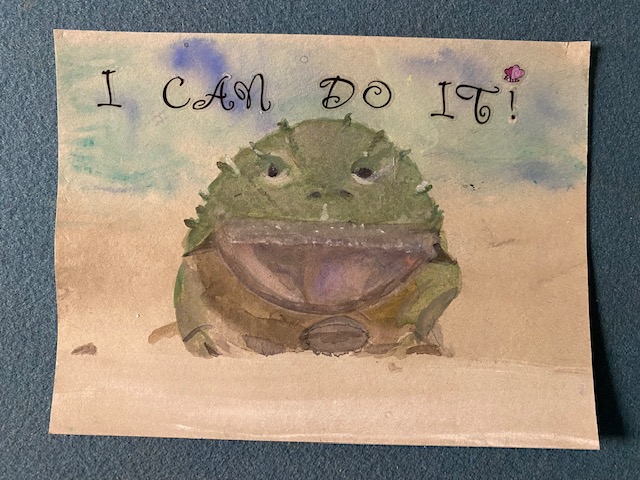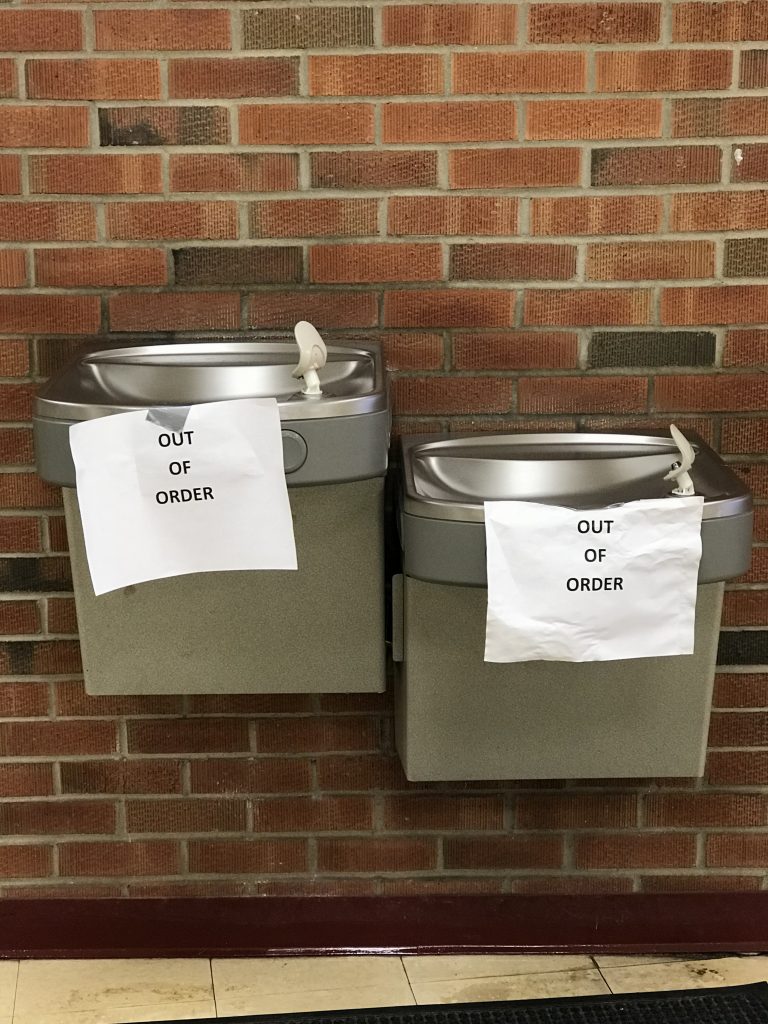Sometimes when the plane goes into its nose dive, there’s no magic lever that will prevent the coming crash. I wanted to put this idea out there today because … well, because reality is real and we are enamored of stories of the kids who come from behind to succeed. Some kids do manage to clamber and claw their way back up to join the pack of grade-level classmates.
But I cannot emphasize strongly enough that other kids go down and don’t get back up.
So… potentially useful advice:
Parents:
- Get a tutor as soon as that dive begins. If you can’t afford a tutor, lean on the school district for extra help. Consider bartering goods or services in return for tutoring. Or be the tutor. I will observe that some kids work better for outsiders than parents, and as children grow older, an outsider may be necessary because not everyone remembers — or even took — that second algebra class.
- Find books or software to tackle detected learning deficiencies. Here is a place to start: https://www.prodigygame.com/main-en/blog/reading-websites/
- Limit screen time not directly addressing any academic losses. Screen time can become a black hole, sucking away social connections, stealing sleep, and exacerbating anxiety, stress and depression. Emotional states may have EVERYTHING to do with an academic dive.
- If you are concerned about ADHD or other medical conditions, go in search of a formal diagnosis. This search is rarely simple, frequently demanding multiple attempts. But schools often require a diagnosis and medical input before providing accommodations, whether informally or in the form of an IEP or 504 plan. That diagnosis will help target therapy and any related medication regime.
- AND PLEASE, PLEASE don’t plan to pull out of an academic plunge “LATER.”
“Later” never comes for so many kids. One reason the achievement gap has proved so intractable is we don’t acknowledge this truth often enough: In numbers, if Jenny only learned 80 days of last year’s 160-day curriculum (I chopped off 20 days to account for days lost to testing), then to catch up she has to learn 240 days of knowledge in her next 160-day year. How does that happen? An extra 80 days of learning on top of a full year’s curriculum represents a soaring, academic mountain to climb, especially if Jenny has special learning challenges such as ADHD or depression. That climb can happen, but seldom without numerous outside interventions — such as evening and week-end tutoring, long sessions with remedial software, or targeted therapy and/or medication.
US test scores amply document that many of our Jennies NEVER recover once the plane starts going down.
Teachers:
I know you are swamped with work, bureaucratic excesses, and an avalanche of meetings, making it hard to leap onto more documentation. But Jenny or Joshua’s learning deficiencies must be documented. Because despite our love of comeback stories, comebacks don’t always happen. In fact —
Comebacks mostly DON’T happen.
The success of Remediation is a function of the time available for remediation — and a few extra hours after school or over the week-end is almost never enough once Jenny or Joshua is in real trouble.
Whatever our students’ challenges, once they fall far enough behind, the hours required to make a full academic recovery may not exist. This is especially true for students who have fallen behind in reading, since reading is a source of learning as well as a result of learning. An IEP or 504 plan can be part of a rescue but, like all saves, the rescue has to come in time.
Eduhonesty: In the movies, the damaged plane rarely explodes into an expanding ball of wind-blown flames and debris. In the learning landscape, though, crashes are happening everywhere right now. That’s what our far-too-numerous testing days are telling us.
I’d like to reach parents more than teachers today. If Jenny is getting lost, Jenny needs immediate help. Don’t blame her teacher. Her teacher is probably teaching as fast and as furiously as she can. But she has a room full of kids with individual needs and only so many minutes in one day.* A curriculum that works for most kids will hardly ever work for all kids, and I suspect that teacher is trying to strike the best balance she can with the materials she has been given.
Besides, blame will not help Jenny; it may do the exact opposite. Blame can become an excuse not to try. To share a quote from a student that has resonated with me for years: “Don’t expect me to do much. I have low self-esteem.” Kids will take excuses and run with them.
If Jenny has fallen behind, she requires extra hours of instruction outside the classroom. Today’s curricula NEVER leave enough time for remediation. We pack, pack, pack in new learning targets. The problem of remediation time has been worsening. But that’s a macro problem. The microproblem is Jenny’s confusion, and one by one, we can help our individual Jennies.
Don’t wait.
You want to get ahead of the crash. You don’t want to pick up the pieces.

 Hi, fellow teachers, especially the newbies! The start of the year craziness is underway.
Hi, fellow teachers, especially the newbies! The start of the year craziness is underway. 
